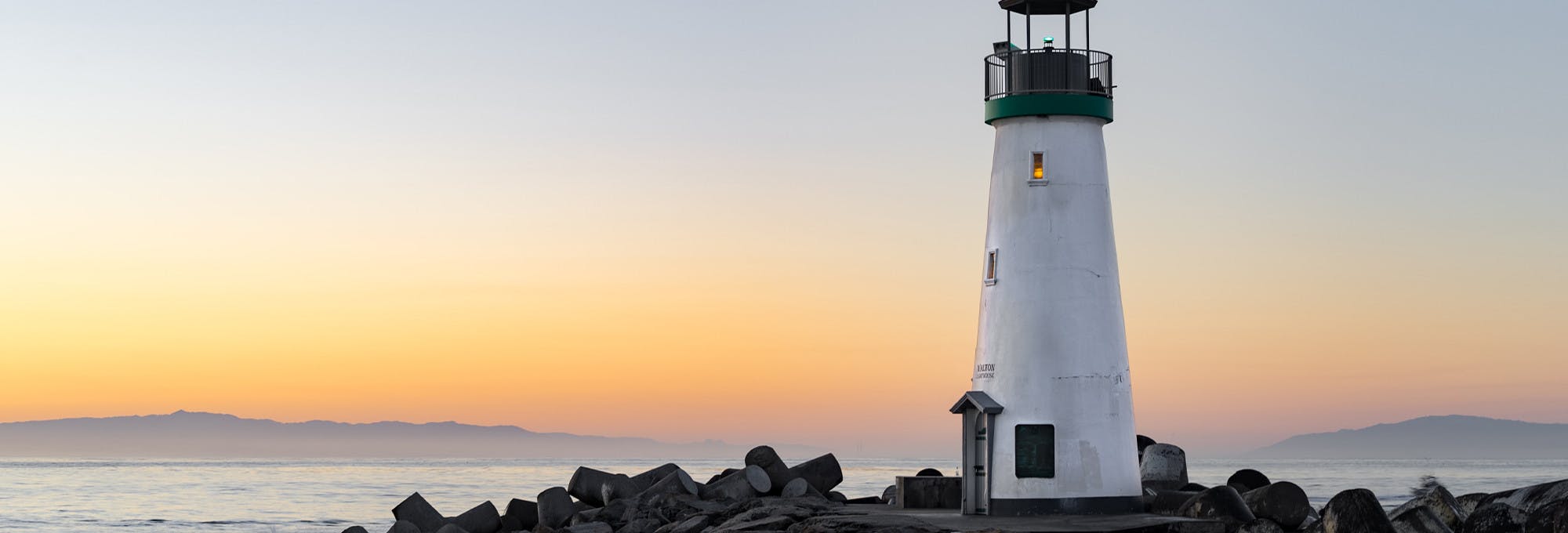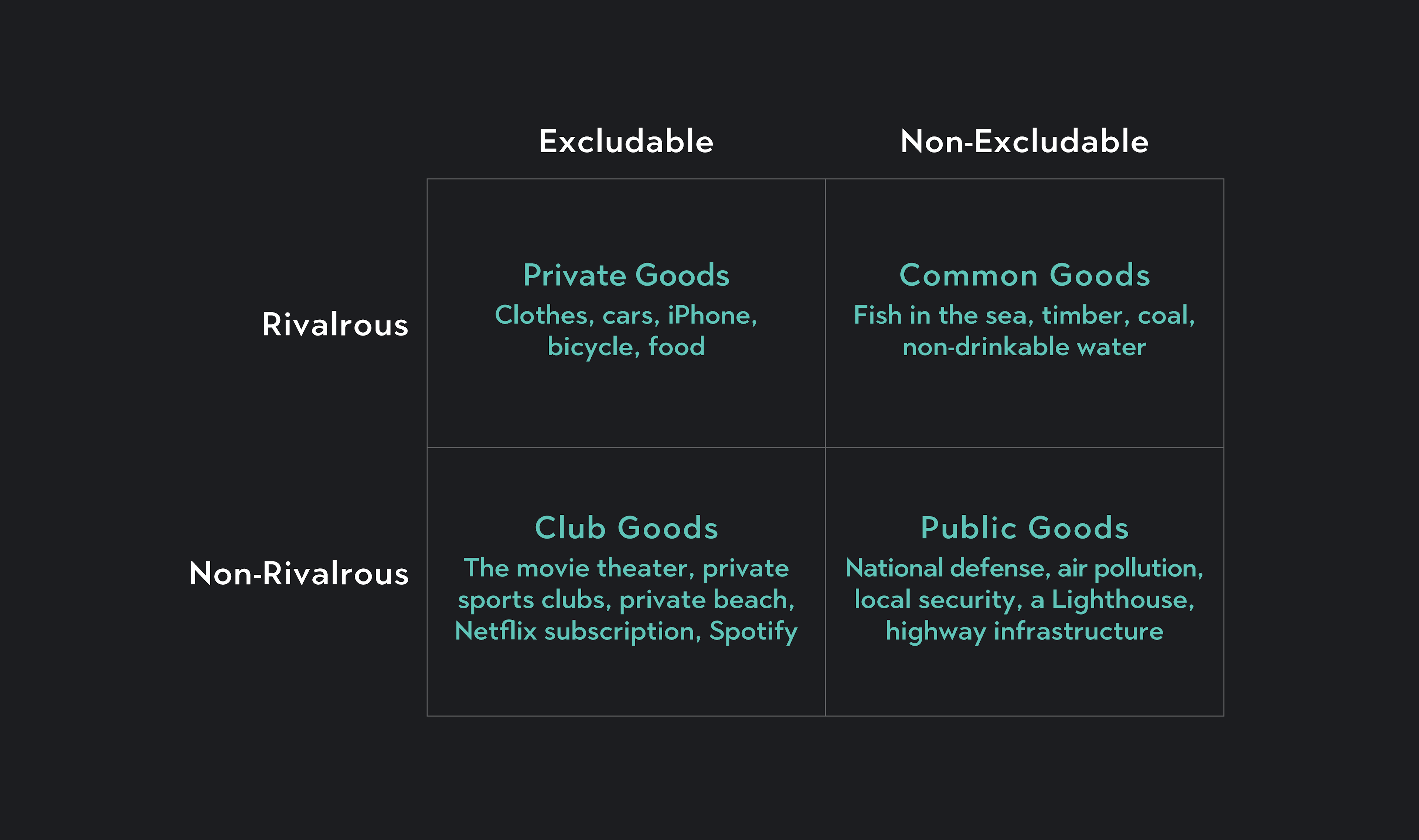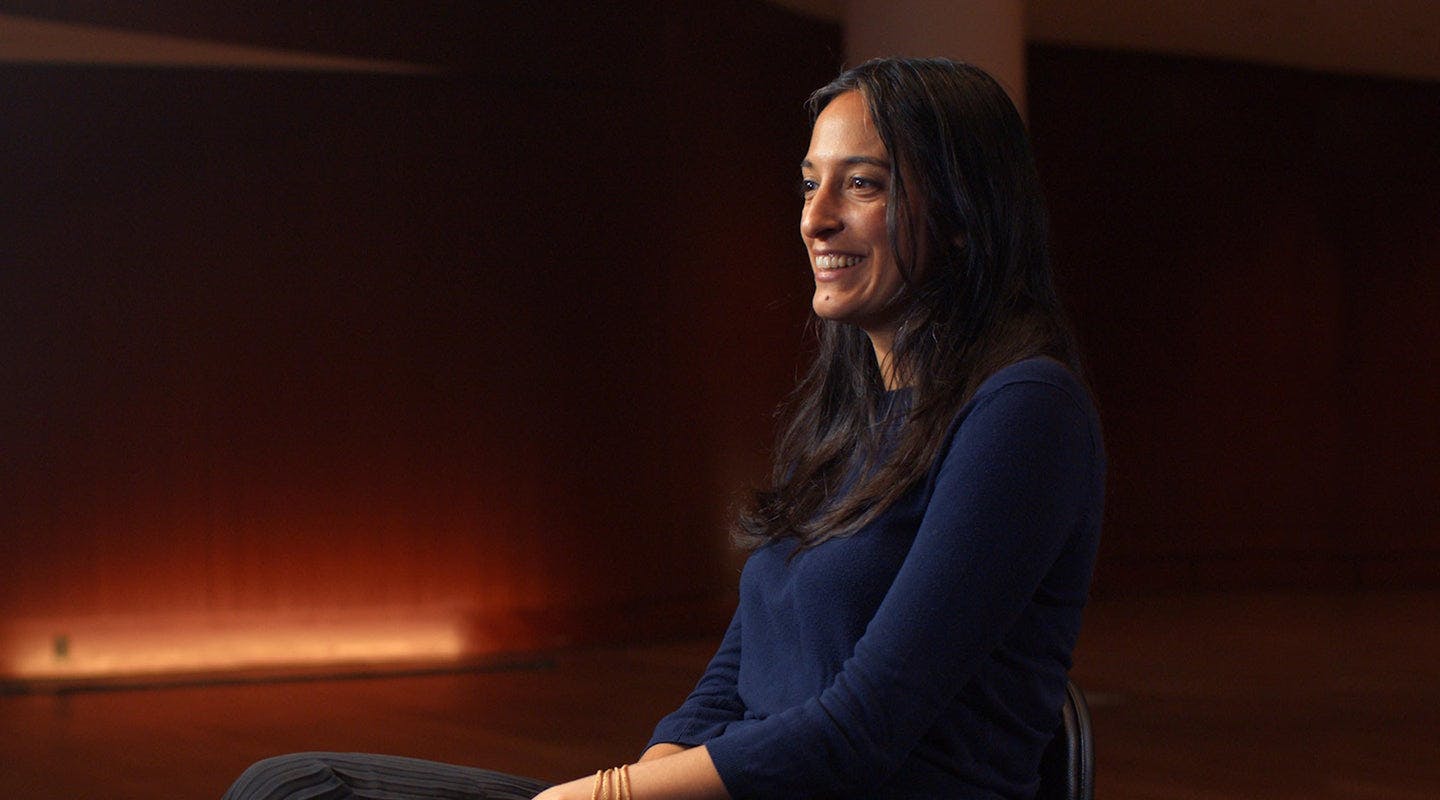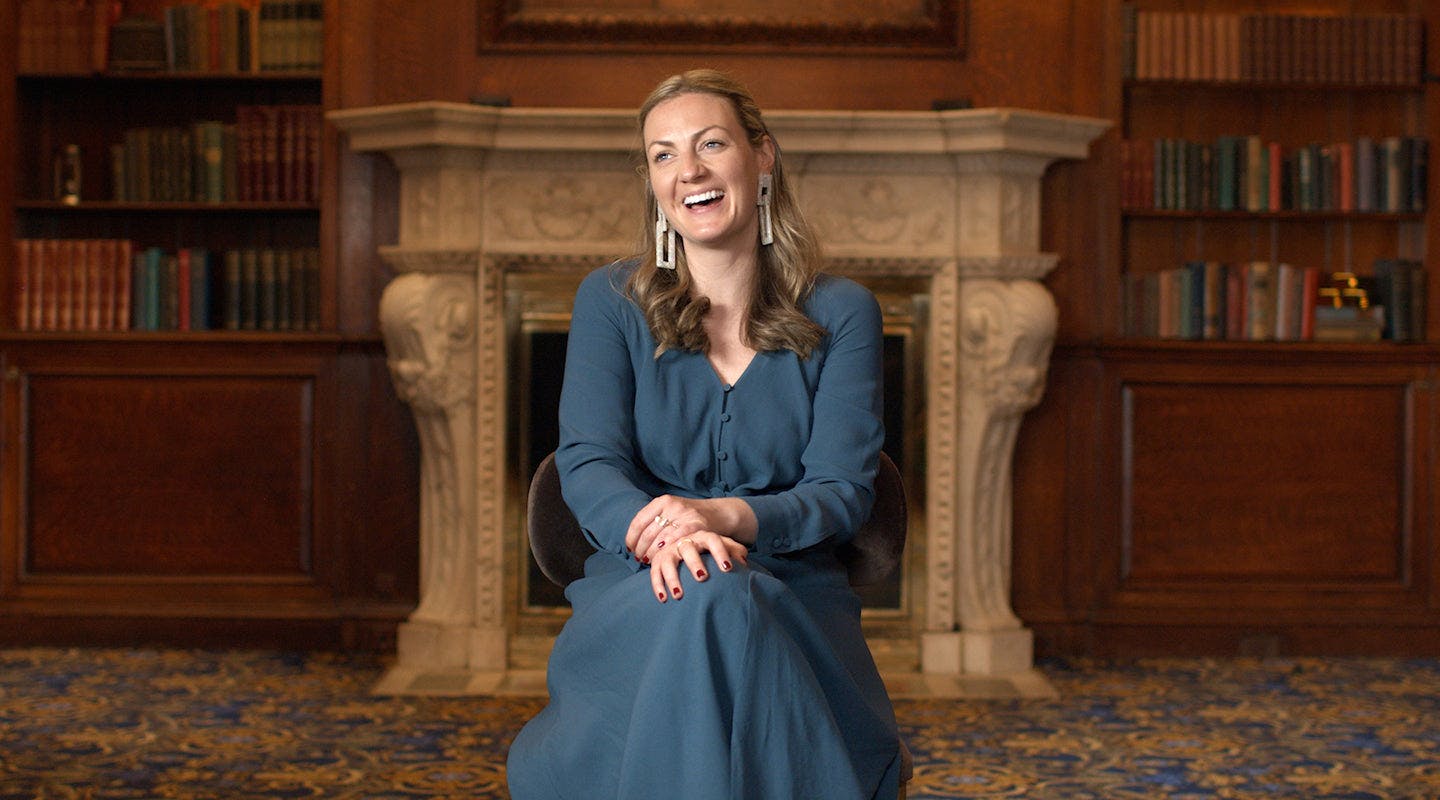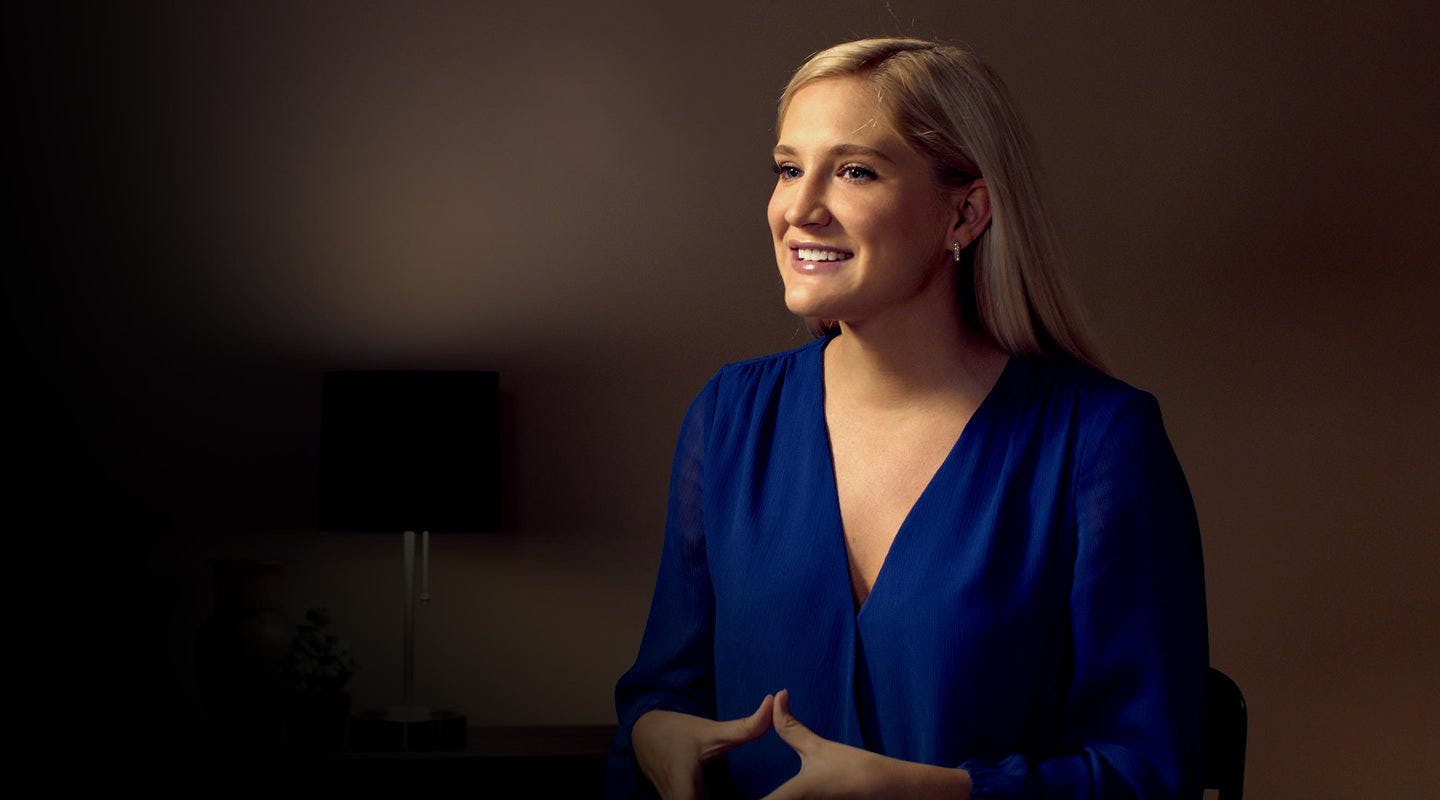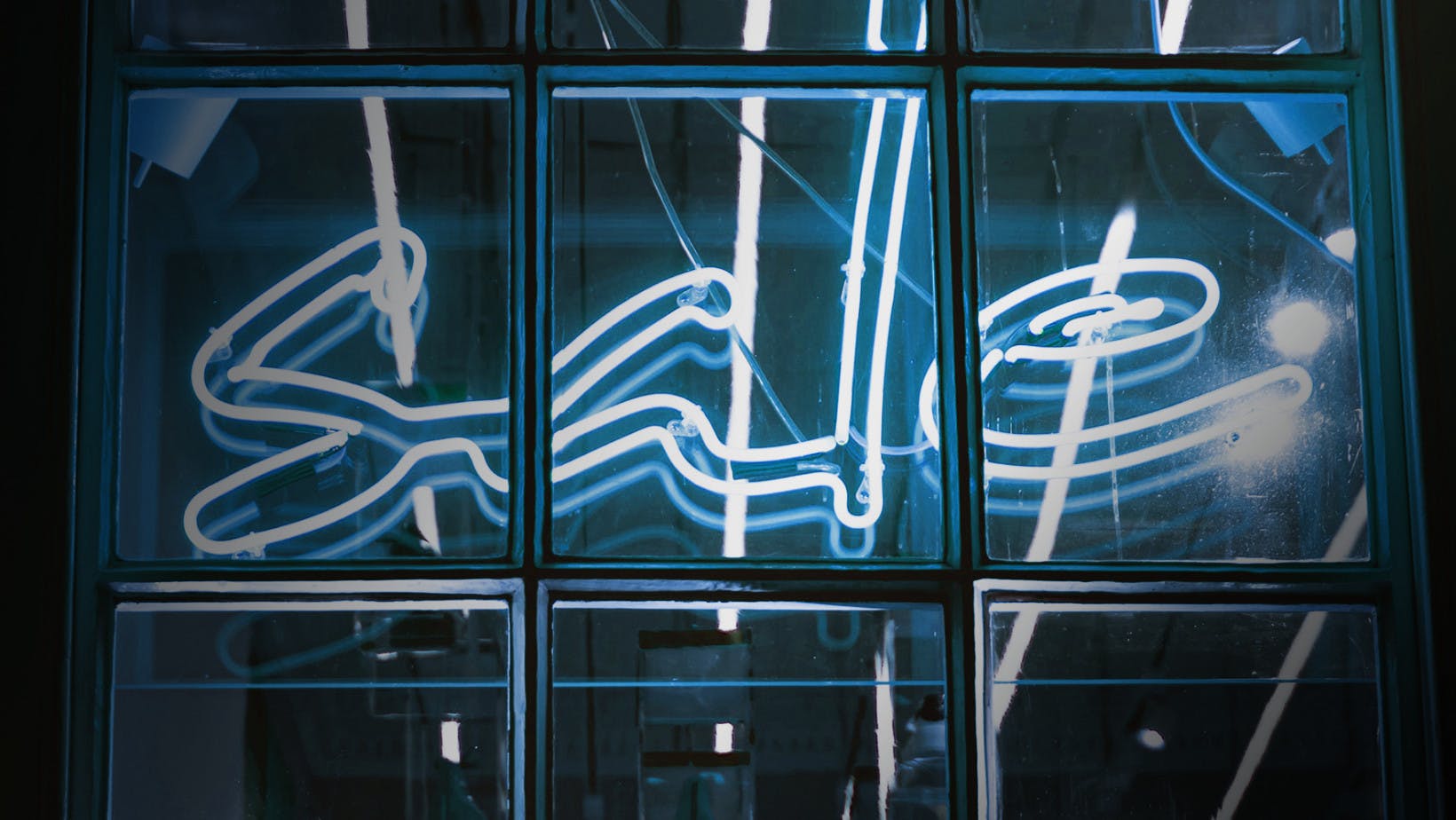In This Article
What Are Public Goods?
What Is a Trait of Public Goods?
Public Goods vs Private Goods
Examples of Public Goods
The Free-Rider Problem
Other Types of Goods
Quasi-Public Goods
What Are Public Goods?
A public good is something that everyone can freely enjoy the use of. Some examples would be a public park, clean air, or the safety you feel while walking around in your neighborhood. In this article, we will learn about different types of public goods and how they operate. But first, let’s define exactly what makes something a public good.
What is a Trait of Public Goods?
There are two main characteristics of public goods:
1. Non-Excludability
This means that there is no inexpensive way to exclude someone from benefiting from it. Since there is no easy way to prevent someone from using the good without paying for it, we call it non-excludable. This is when individuals cannot be excluded.
2. Non-Rivalry
This means that by one person using it they are not necessarily depriving someone else of using it. There is no rivalry over who gets to enjoy the good. Since one person’s use of it does not deny the other person's use of it, we call it non-rivalry. That’s because many people can equally enjoy it at the same time. So there is no competition for who gets to use it.
Public Goods vs Private Goods
To better understand these two characteristics that define a public good, let’s compare a public good to a private good. An example of a private good would be if you go out for lunch one day and buy a hamburger. You can exclude everyone else from eating your hamburger. That’s simply because you paid for it so now the hamburger is yours and no one else's. Your lunch is a private good because your benefit of it excludes anyone else from it.
Yet, unlike your hamburger, a public good would be too costly or impossible to exclude people from.
Using the example of a public park, or clean air, we can imagine that it would be costly to charge every person a fee every time they want to enter a public park. Similarly, it is impossible to exclude certain people from benefiting from clean air.
Another defining difference between the hamburger you bought for lunch and a public good is that once you eat your hamburger, no one else can enjoy it. With a public good, like a park, the utility of one individual, does not diminish the utility of another person. The use and enjoyment of the park can be provided to many people at once. Meaning, unlike the hamburger you bought for lunch, there is no rivalry when it comes to a public good because one person’s use of it can coexist with another person’s use of it.
Examples of Public Goods
This is a list of some more examples of a public good:
National defense
Streetlamps
A lighthouse
Fire and police service
Clean air
What is similar in all these examples is that they share the two characteristics of non-excludability and non-rivalry. For instance, a lighthouse that helps ships navigate to shore. Or street lamps that allow people to walk around at night can both be utilized by many people all at the same time (non-rivalry). More than that, it would be very hard to exclude someone from using them. Once the street or lighthouse is lit up, it is impossible to exclude people from its benefit (non-excludability).
The Free-Rider Problem
Since a public good is non-excludable, which means everyone has access to it. This results in what economists call the “free-rider problem,” which means that people benefit from something without paying for it.
The main concern in economics that stems from the free-rider problem is that once certain people are not paying for a good, others will then be reluctant to pay for that good. This will then result in a sub-optimal amount of supply for such goods since private firms will not want to produce goods that they cannot get people to pay for.
This is why most of the examples that we listed as public goods are actually supplied by the government. That’s because the free-rider problem is considered a ‘market failure’ which means that the cost of producing something will be far greater than the benefit that is received from producing it. Meaning, because many people are benefiting from it for free, the cost to those who would pay for it or provide it is much more than the benefit that they receive. The solution for such a problem is that the government pays for such goods from the general tax that they collect.
Other Types of Goods
So far we defined:
| Private Goods = Rivalrous and Excludable |
| Public Goods = Non-rivalrous and Non-excludable |
Now we will introduce another two categories of goods: common goods and club goods.
Common Goods
A common good has the characteristic of being non-excludable, but it is not rivalrous. So we cannot prevent certain people from benefiting from it but one person’s benefit will diminish the other person's benefit. A good example of this is fish in the sea, coal, timber, or other natural resources. Everyone has access to these things so they are somewhat public. But there is rivalry in attaining them since there is a limited amount of how much fish there is to catch.
Club Goods
These are goods that have the characteristic of non-rivalry but are easily excludable from individual users. Some examples can be TV, Netflix subscriptions, Spotify, private gyms, and movie theaters. These are goods that those who provide them can easily exclude individual users from accessing without paying. Yet they are goods that the use of one person does not diminish the utility of the good for another person.
Quasi-Public Goods
Quasi-public goods are somewhat between a private good and a public good. That is to say that they can be partially excludable but not entirely or not always, and they can be somewhat non-rivalry but only to a certain extent.
Some examples of a quasi-public good are bridges, highways, and digital media. Like building a toll booth or charging a subscription to access a website, these examples all have a way to charge each individual user before they benefit from the good. This resolves the free-rider problem we saw in public goods since there is no way to gain access for free anymore. Therefore, everyone will be willing to pay for the goods which will make private firms willing to provide such goods.
However, the problem is that private firms will not always be willing to provide these goods on a large scale for the entire economy. That is because it will not always be profitable for them.
Think about a private company that wants to build a road where they can charge people for access. Such a concept will only work in certain regions where there is a big demand. But in places where there is not a lot of demand for such a highway or bridge, private firms will not be willing to provide them since the cost will exceed the benefit. (You can review what 5 things shift demand to gain a deeper understanding of this concept.) Thus when we think about these goods there is still somewhat of a market failure, and we will generally rely on the government to step in to provide such goods.
Explore Outlier's Award-Winning For-Credit Courses
Outlier (from the co-founder of MasterClass) has brought together some of the world's best instructors, game designers, and filmmakers to create the future of online college.
Check out these related courses:

